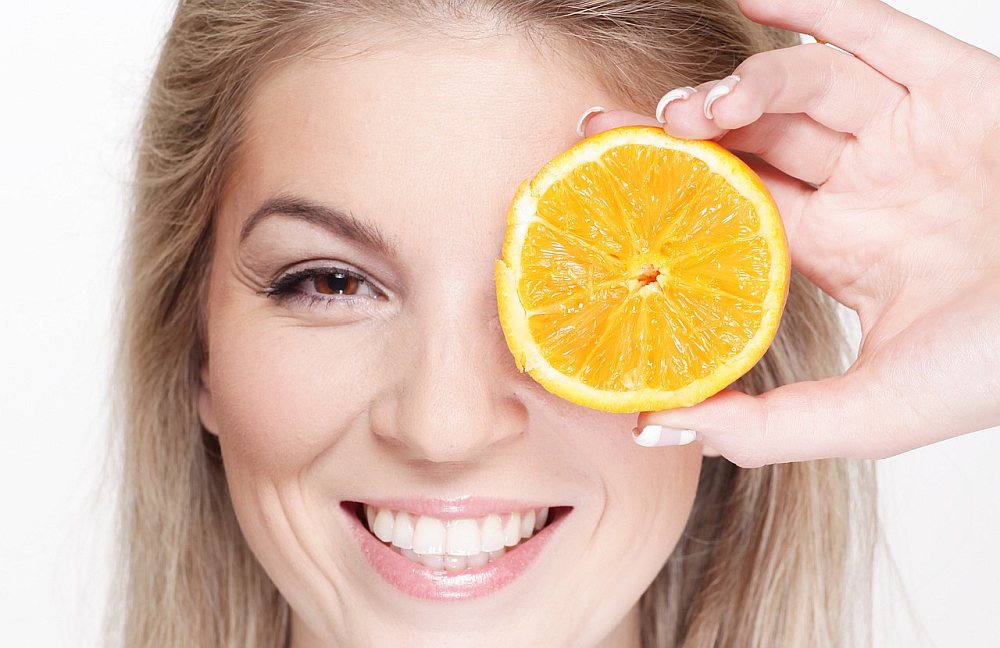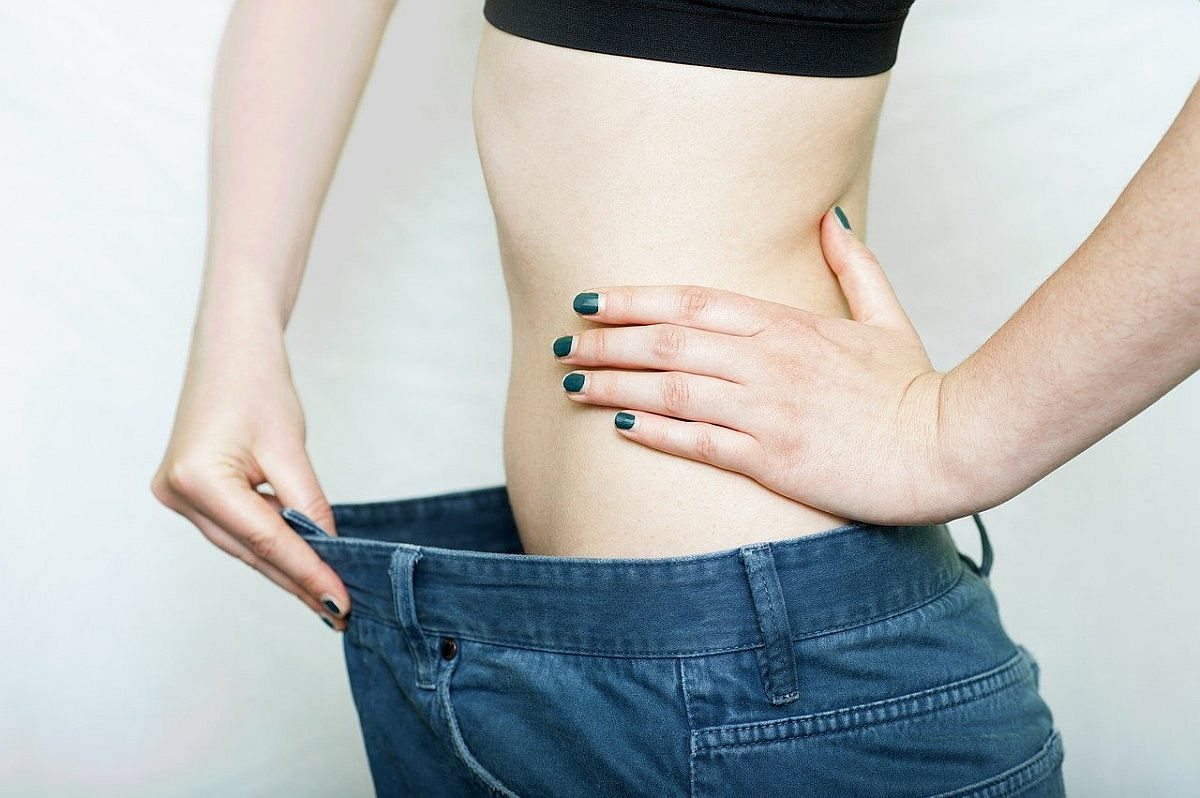When evaluating the claims of beauty formulas, it is important to identify the ingredients they contain and how they claim to change your skin. In addition, it is important to avoid formulas that contain toxic ingredients for the body and those that may not even be natural.

Claims about beauty formulas
Beauty formulas are made of some ingredients. Some of them are effective for one or more of the following: hydration, sun protection, skin tone improvement, and sensory elements. While claims about how ingredients feel and look are reasonable, they should not be used to claim their ability to eliminate or prevent any disease.
To avoid misleading consumers, beauty formulas should list their desired functions. In addition, the product should also have a claimed efficacy. The more complex the formula, the more claims it will need to contain.
Clinical studies must substantiate claims of beauty formulas. These studies should be reproducible and scientifically valid. Marketing agencies often have to balance helping companies make alluring claims with doing good science. Also, the Function of Beauty reviews may help you choose the best product in the market.
Ingredients in beauty formulas
Many different types of ingredients go into making a beauty formula. The first one is known as a diluent, and it is the most prevalent ingredient in most cosmetic formulas. This ingredient is found in lotions, creams, and other beauty formulas. In addition, it is commonly used in hair conditioners, hand moisturizers, and sunscreens.
Another type of ingredient is called an experiential ingredient. These are added to improve the product’s feel and smell. They can also affect the foaming properties or speed up the rinse-out time. Another type of experiential ingredient is fragrance. It isn’t essential, but it can improve the quality of the formula.
Ingredients in beauty formulas that are potentially toxic
Some of these ingredients are highly allergic to humans, while others can cause skin reactions and rashes. These ingredients are found in many different beauty formulas, so it’s important to read the labels carefully.
The Cosmetic Ingredient Review (CIR) is a non-governmental organization that tests the safety of cosmetic ingredients and publishes the findings in peer-reviewed scientific journals. The Food and Drug Administration doesn’t regulate the group, but its research and findings are reputable. Consumers can also find trustworthy information by looking for the CIR seal or third-party certification. These organizations also provide information about potential hazards and alternatives.
It would help if you also kept in mind that warning labels do not always indicate a product is toxic. Instead, they ensure that consumers know the risks associated with certain ingredients.
Ingredients in beauty formulas that are natural
Natural beauty formulas can contain a wide variety of natural ingredients. Carbohydrates, for example, are a common ingredient and can be found in many forms. Most carbohydrates used in beauty formulas are glucans, long chains of glucose molecules. They naturally occur in the body and are safe for cosmetic formulas.
When selecting cosmetics, it is important to learn about the different ingredients. Knowing the benefits of each ingredient will help you make the best choice. Fortunately, several resources provide accurate information about each of the different ingredients. Ingredients in cosmetics can include essential oils, carrier oils, waxes, jars of butter, thickeners, stabilizers, emulsifiers, and preservatives.
Another common ingredient in beauty formulas is water. It is often the first ingredient on the list. A typical beauty product contains about 60% to 85% water, and rinse-off formulas may contain up to 95% water. On the other hand, bar soaps may only contain traces of water, and some makeup formulas do not even contain them.



Leave a Reply